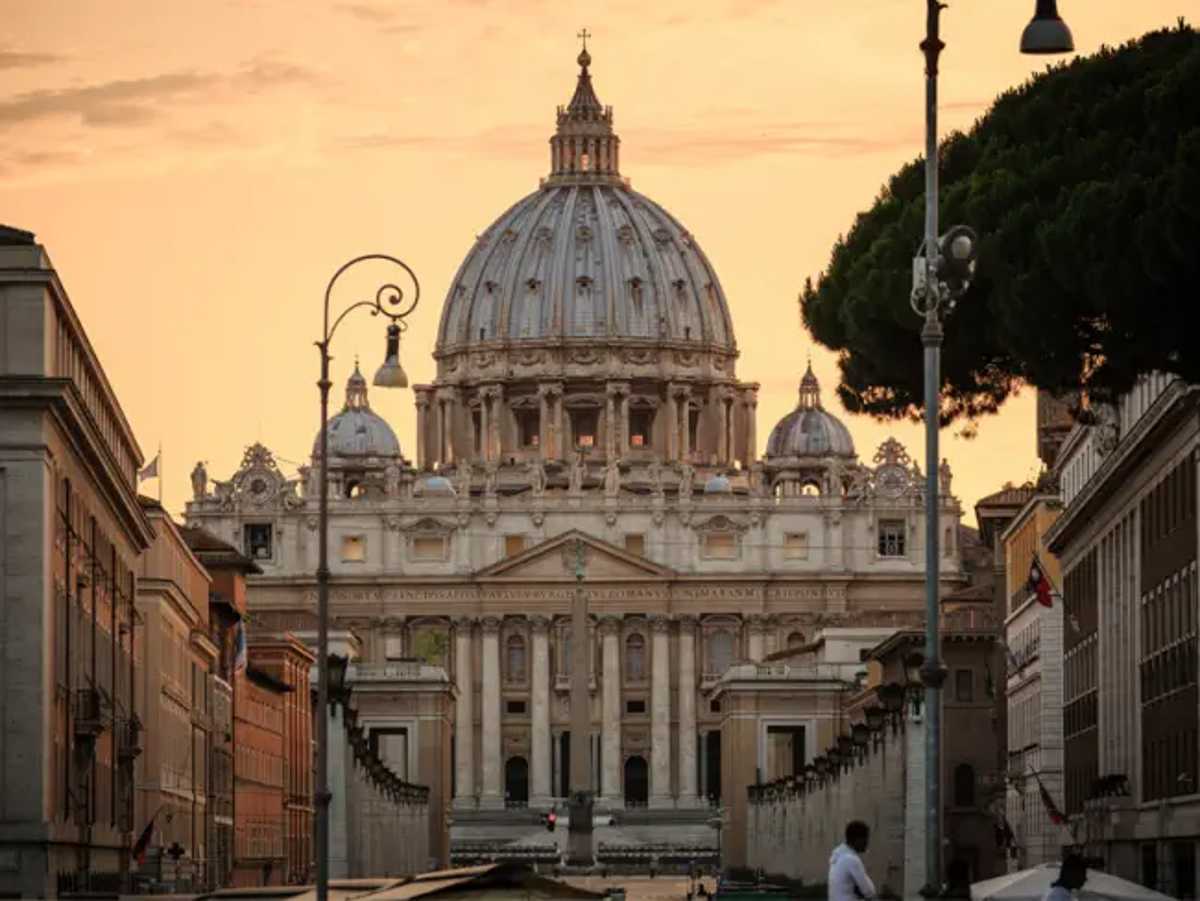
The summer I broke my foot while watering plants and was stuck at home, unable to drive and desperately in need of new inspiration, I reached for a biography of Saint Francis. As a child I had first encountered Francis, the animal-lover, in garden statuary—the “birdbath Saint Francis,” as Catholic writer Richard Rohr calls this particular depiction of the saint. Then, at the age of ten, when my family visited Assisi, I met Francis again in the streets and churches of his home town and came to know him as the radical son of a wealthy cloth merchant who encountered the Divine in the ruins of a country church and gave up his inheritance and possessions—even the clothes on his back—to care for lepers. The summer I broke my foot, I became an accidental contemplative, and I met Francis once again—this time not as an animal-loving saint, nor as a gospel-driven attender to the poor, but more simply as a friend.
Francis’s faith stirred me as I read about his life, but what intrigued me most were the deep internal tensions he experienced as he sought to live out his convictions. In his tensions, I saw a reflection of my own questions and inner conflicts, and I found myself wanting to know more. I wanted to know what it was like to hide from a father whose anger burned hotly at Francis’s rash, unsanctioned sale (read: theft) of expensive fabrics to pay for the rebuilding of the dilapidated church where he had heard God speak. I wanted to know what Francis felt when, instead of avoiding the deformed outcast, he spontaneously embraced a leper he passed on a dusty Umbrian road. And I was also curious—who wouldn’t be?—what it must have been like for Francis to scissor the locks of the beautiful runaway, Clare, an aristocratic eighteen-year-old from Assisi for whom Francis clearly felt affection, as she committed herself to following the gospel Francis’s way.
When we want to know something, the logical thing to do is ask. And so, odd as it sounds, I started writing Francis letters. The endeavor began purely as an exercise in rhetoric. I had recently enjoyed a short book of poems by the British Columbian poet, Susan McCaslin, penned as correspondence to the nineteenth-century English poet, William Blake. I decided to try my hand at this intriguing literary approach, and as is often the case, my pen led me on an adventure I could not have foreseen when I started. Henri Nouwen once remarked that “To write is to embark on a journey whose destination we do not know.” With each letter, I became more deeply immersed in the life of Francis and more invested in uncovering his fascinating story: I probed his personality, inquired about his faith, poked fun at his popular persona, and even offered my humble critique of some of his more unaccountable choices. Naturally, I wrote to him about my own life as well—my desires, disappointments, epiphanies, and doubts. And I shared with him my candid critique of modern life—its brokenness, violence, beauty, and grace.
Writing a letter engages the spirit, and I necessarily learned a lot about myself in the process of writing to Francis. Writing to him drew out, as from a well, many of the dreams and disappointments that were living inside me. As I attempted in each letter to bridge the distance of the 800 or years between Francis and myself, I found myself bridging an even greater distance—the distance between my head and my heart. This is what a good conversation will do—bring you in touch with your own heart—and a handwritten correspondence is like a good conversation with time for contemplation added in. But a correspondence of course, not matter how much one grows personally from it, is not merely about the self; it is also about the relationship.
A friend is someone who cares about what is on your heart and mind. As I dove into the world and thought of this twelfth-century do-good thief who cared for lepers, and as I let him in on my own take on things, I realized I was no longer simply seeking to understand his story or derive inspiration from his life—I was corresponding with a friend. Don’t we all wish for a friend who really knows and cares about us? I knew expressly that Francis had obtained friend status when, having set down my pen after reaching my project goal of forty letters, I began to feel creep in that wistful sorrow one suffers when a kindred spirit moves far away. Like Francis, I am a follower of Jesus, the Carpenter from Nazareth—my ultimate Friend and the only one who will ever fully know the complicated terrain of my heart. But even so, we are not meant to walk this journey alone, and I am learning to value the companions God sends along the way.
Fellow pilgrims can be hard to find. We are lucky if we encounter two or three over the course of a lifetime. But when we open up the playing field and begin to consider the many pilgrims who have gone before us, the possibilities for spiritual friendship widen. In addition to the handful of fellow pilgrims who have graced my journey at different stages, I am discovering the companionship of those who have already reached their destination and whose stories shed light on my path. Among such companions are the writers, pastors, and dreamers Henri Nouwen, Dietrich Bonhoeffer, C.S. Lewis, Corrie Ten Boom, Eric Liddell, Madeleine L’Engle, and Gerard Manley Hopkins. Though we have not met in person, each of these historical figures has corresponded with me in a way—through their writings. And if you think about it, the stories of their lives are also letters of a sort, written not in words, but in seasons, moments, and days.
I am thankful for each of these companions on the journey of faith—both their words and their lives—but having spent the better part of a summer holed up in my backyard on a chaise lounge with a broken foot writing him letters, I have become especially fond of that wild, nature-loving, self-declared fool for God, Francis of Assisi, whose poems we still read and sing, and who lived his life as a love letter to God and God’s creation. And since we’ve been corresponding for a good bit now, I like to think we’re on somewhat casual terms. Meet my friend, Francesco.

